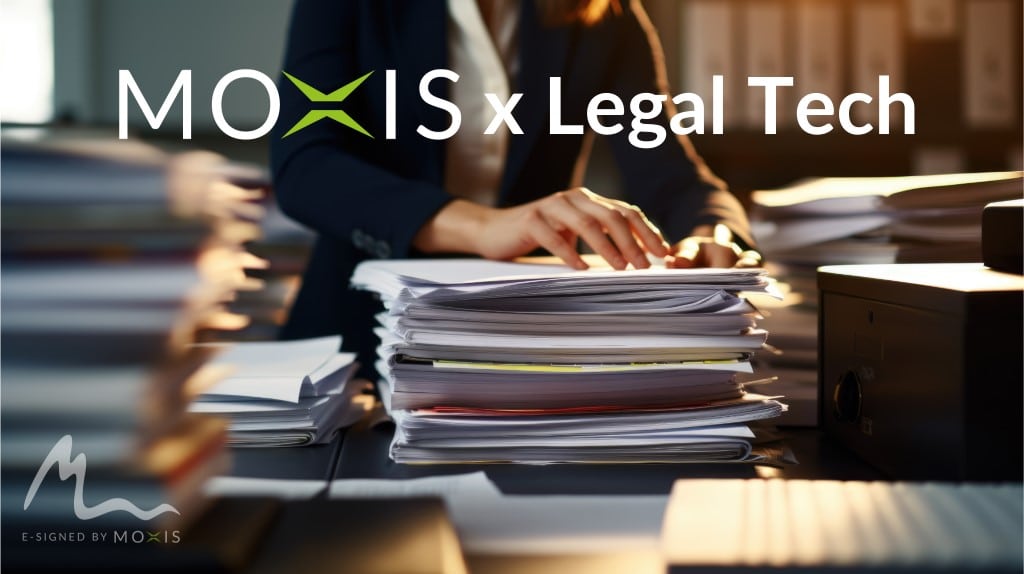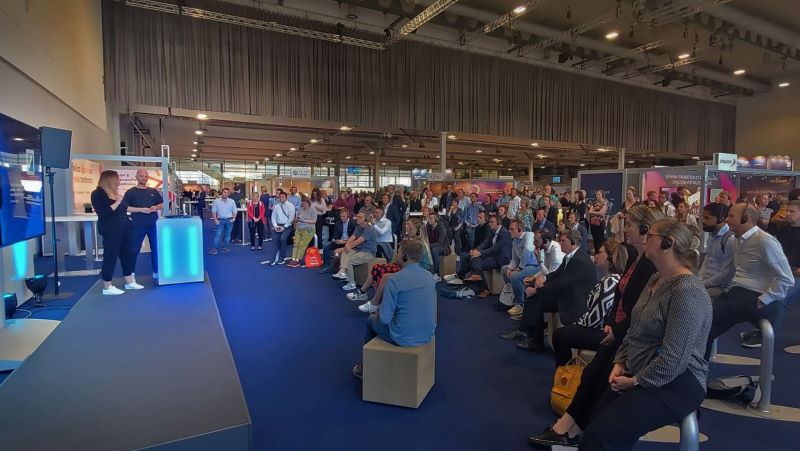Electronic signatures are now standard in leading companies in all sectors. The range of services offered by electronic signatures ensures the ability to act even under difficult conditions such as the COVID-19 protective measures. The widespread use of all types of electronic signatures is placing new demands on MOXIS now and in the future. The MOXIS Roadmap 21 is characterised by the optimisation of the user experience, internationalisation and further improved usability of the product. MOXIS is becoming more low-threshold.
Analysts are highly optimistic about the growth potential of digital signatures in the post-Covid era. In 2020, the global market for electronic signatures achieved a sales volume of USD 1.2 billion. According to current analyst reports, this figure could be as high as USD 13 billion by 2030. Although the specific figures in market analyses vary time and again, market observers agree on the potential of electronic signatures in the coming decade. The success of MOXIS is a good illustration of this development. “MOXIS is a living product that is constantly being revised and expanded in terms of its performance,” explains XiTrust CTO Gerhard Fliess. “We are constantly adapting the electronic signature folder to the changing requirement profiles and needs of our customers.” Roadmap 21 underlines this impressively. “More and more people will be signing electronically in the future. We are responding to this in our MOXIS roadmap with a range of innovations.”
Signature quality
MOXIS is the most complete product on the market. And that begins with the fact that it gives companies a free choice of hosting version. Private cloud, public cloud or on-premises, everything is possible with MOXIS. The same applies to the signature types: Simple, advanced and qualified electronic signatures (QES) are possible with MOXIS. The hardest part first: “In contrast to the competition, XiTrust has taken on the hardest part first by perfectly integrating QES natively across the entire DACH region,” says Andreas Koller, CEO of the Germany and Switzerland division at XiTrust. At the same time, the increased use of digital signatures requires more flexibility. “In the future, qualified electronic signatures will not play the main role, but rather simple and advanced ones – due to their growing popularity,” says Koller. “This is also due to the fact that companies repeatedly shy away from the effort involved in equipping the entire workforce with digital identities.” A company’s management team is quickly set up with digital identities using in-house registration. The majority of employees generally do not need QES for their daily routines. Personal identification is also no longer necessary in B2B2C processes because there is no need to work with the QES. Koller: “This has a significant positive impact on the conversion rate.”

On-demand training
High cloud acceptance
Until a few years ago, the majority of companies preferred to avoid using cloud services and sending confidential documents over the internet. On-premises installations, which are part of the MOXIS standard repertoire, were therefore the preferred hosting option. More and more customers are now opting to operate MOXIS in the cloud. Confidence has grown, especially in public cloud solutions. Gerhard Fliess: ” We recognised the likelihood of this development two years ago and prepared ourselves accordingly. At the same time, this trend also gives us planning security, which is incorporated into the formulation of Roadmap 21: for example, ensuring that 10,000 users as well as 100,000 users can work with MOXIS in the public cloud.”
New generation
This global line of development is also being driven by the fact that the millennial generation is now entering the labour market and no longer sees digitisation as the exception, but as the rule. A constellation that will make it easier for companies to work with electronic signatures along the entire value chain in the future. Andreas Koller: “Most XiTrust customers use MOXIS for internal processes. If externally, then it is for suppliers or external employees, but in the end customer business they often still communicate in analogue form by post – including media disruptions. Companies that already use MOXIS internally can also achieve considerable savings with MOXIS in their own end customer business, e.g. for customer contracts in the energy industry, thanks to more efficient signature processes.”
Form Fields
The Form Fields are an intelligent addition to the Roadmap 21 range: You can create and design the documents to be signed directly in MOXIS. And you can see the innovation behind the Form Fields: The document also takes centre stage on the screen. Wherever a high level of standardisation is used, MOXIS users in the end customer business can support electronic signatures with the form function. Examples include energy supply contracts for private households. As with internal use, individual form fields are personally assigned to the signatories. In addition to the signature fields, these are also text fields that can be easily integrated into the document using the toolbox principle. All other fields that need to be signed or filled in with information by other process participants, for example, remain blocked. Media disruptions caused by sending customer forms by post are completely eliminated. Andreas Koller: “The form fields in MOXIS also ensure data integrity: unlike paper-based solutions or working with Word documents, the document cannot be changed.” The end user is guided through the document by MOXIS and immediately recognises where the form needs to be completed. The GDPR-compliant signed documents are machine-readable and can be further processed and archived in the system without any intermediate steps.
Microservices
Meanwhile, the technical architecture of MOXIS is adapting to the “spirit of the times”. The way in which the user generation evolves also influences the way in which MOXIS is implemented. Microservices are an example of the MOXIS Roadmap 21. This allows MOXIS to be used on an ad-hoc basis. “After all, you do not need all MOXIS functions all the time,” explains Gerhard Fliess. The product is therefore no longer a monolith, but can be delivered as separate services. Each of these services can be combined in a wide range of ways. The decisive factor is no longer the option of being able to use all MOXIS services, but only those that are actually needed to solve specific signature processes. “Lean microservices make it easy to roll out MOXIS to other departments within a company,” says Gerhard Fliess. “In combination with Userlane and the Form Fields, the microservices emphasise the importance of low-threshold and efficiency in the MOXIS Roadmap 21.”




